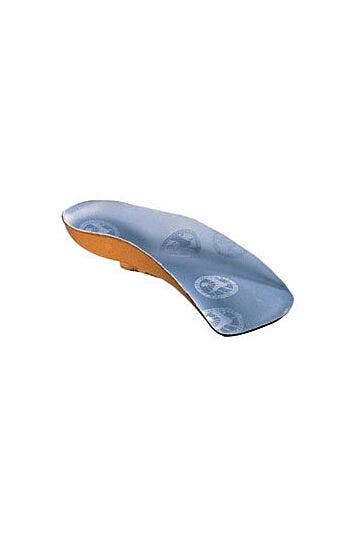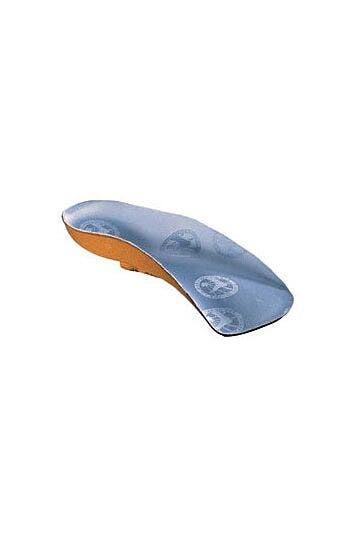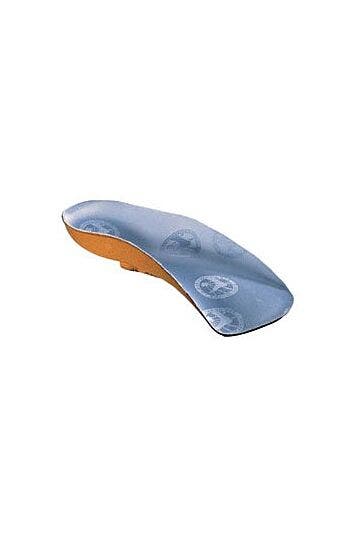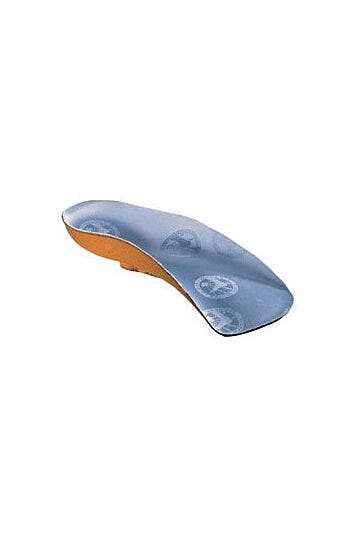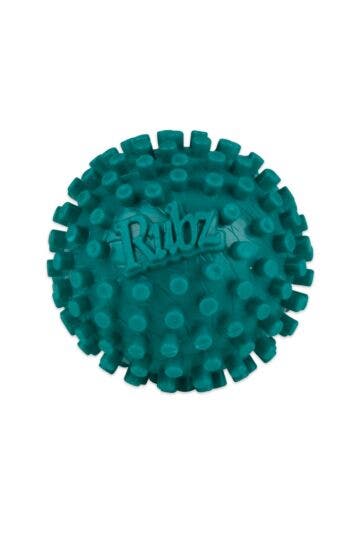Understanding and Managing Plantar Fasciitis
-
Erica E.
- We Fit You
- Apr 18, 2025
- 512views

Plantar fasciitis is a prevalent condition characterized by inflammation of the plantar fascia, the thick band of tissue connecting the heel to the toes. This inflammation can lead to heel pain, particularly during the first steps in the morning or after periods of inactivity.
Causes and Risk Factors
The primary cause of plantar fasciitis is repetitive stress and strain on the plantar fascia. Factors that may contribute to this condition include:
Engaging in high-impact activities like running or dancing
Spending extended periods on hard surfaces
Wearing shoes that lack proper arch support or cushioning
Having foot mechanics such as flat feet or high arches
Being overweight, which increases pressure on the feet
Symptoms
Individuals with plantar fasciitis often experience:
Sharp or stabbing pain in the heel, especially with the first steps after waking up
Pain that diminishes with activity but returns after prolonged standing or rest
Swelling or tenderness in the heel area
Treatment Options
Most cases of plantar fasciitis can be managed with conservative treatments:
Rest and Activity Modification: Reducing activities that exacerbate foot pain can help alleviate symptoms.
Ice Application: Applying ice to the affected area can reduce inflammation and provide pain relief.
Stretching Exercises: Regularly stretching the Achilles tendon and plantar fascia can improve flexibility and reduce tension.
Supportive Footwear: Wearing shoes with proper arch support and cushioning can help distribute pressure more evenly across the foot.
Orthotics: Custom or over-the-counter shoe inserts can provide additional support and alleviate pain.
Physical Therapy: A physical therapist can guide exercises to strengthen foot muscles and improve gait.
Nonsteroidal Anti-Inflammatory Drugs (NSAIDs): Over-the-counter medications like ibuprofen can reduce pain and inflammation.

In cases where conservative treatments are ineffective, medical professionals may consider:
Corticosteroid Injections: These can provide temporary relief but are used cautiously due to potential side effects.
Extracorporeal Shock Wave Therapy (ESWT): This treatment uses sound waves to promote healing in the affected tissue.
Surgery: As a last resort, surgical intervention may be necessary to release the tension in the plantar fascia.
Preventive Measures
To reduce the risk of developing plantar fasciitis:
Maintain a healthy weight to minimize stress on the feet
Choose footwear that offers proper support and cushioning
Incorporate stretching into daily routines, especially before physical activities
Gradually increase the intensity and duration of physical activities to avoid overuse injuries
For more detailed information and resources on plantar fasciitis, feel free to contact our FootHealth Centre!
Related Posts
